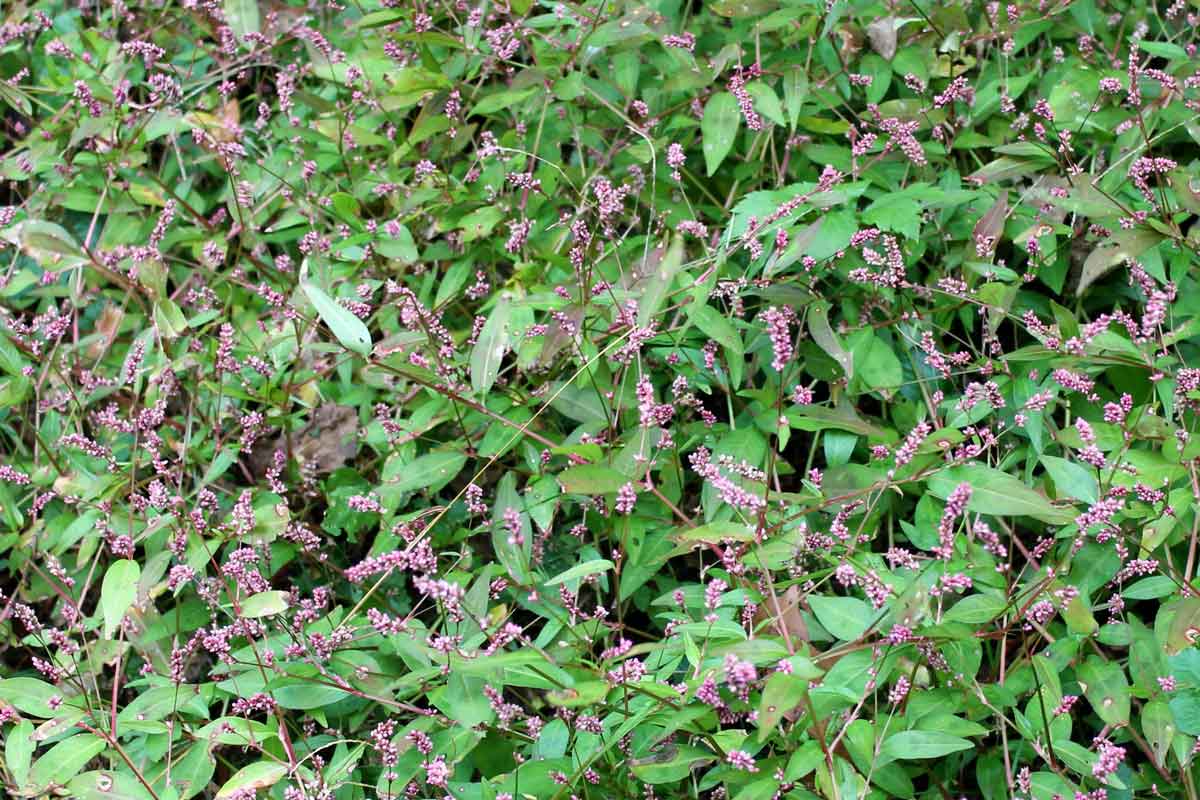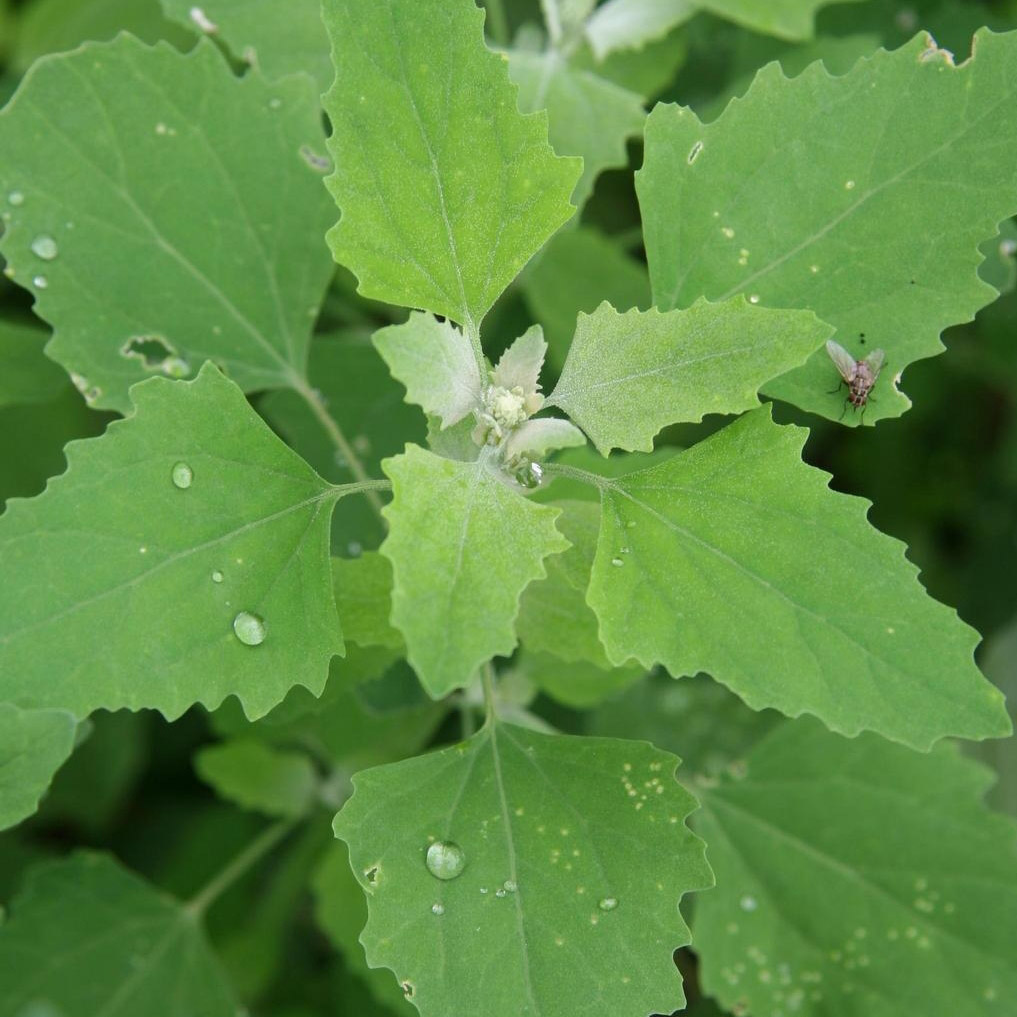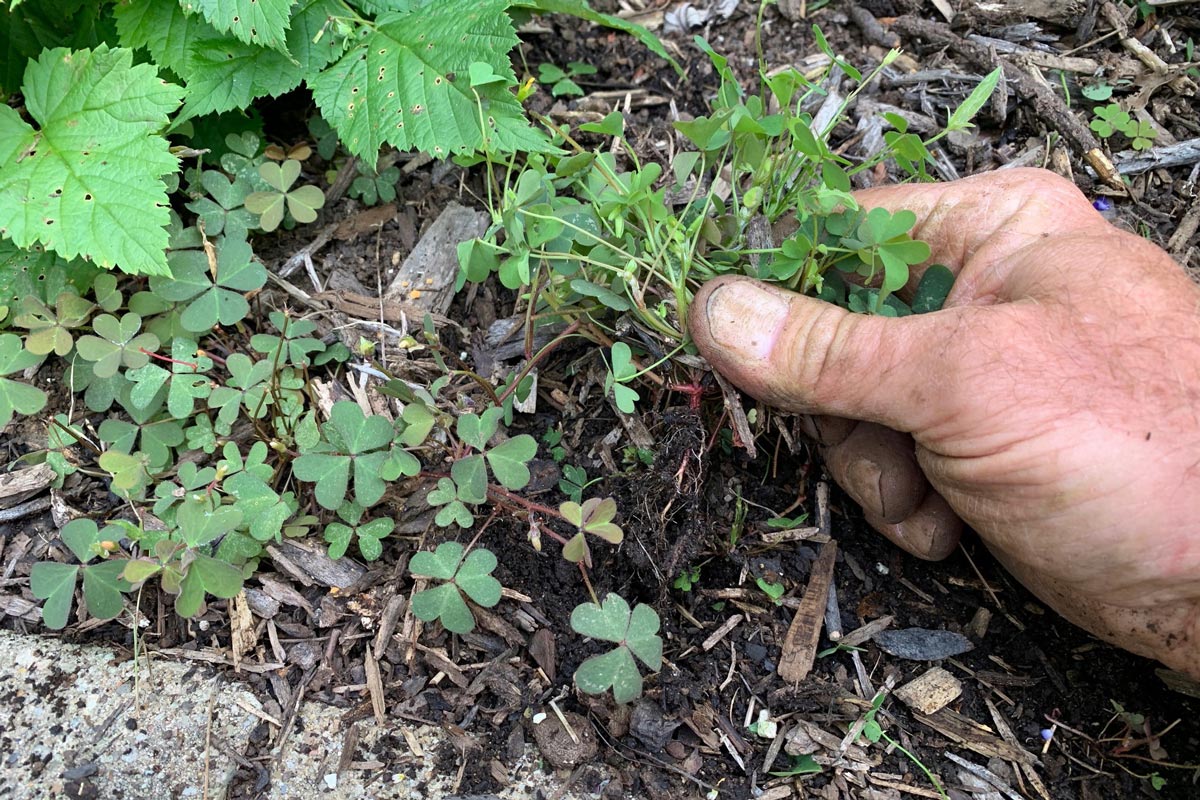Weed Control and the Life Cycles of Weeds
Some weeds come and go in a single season, some come back every year, and some grow into long-lived trees. Knowing which kind of weed you have is the key to controlling it.
As spring hands off to summer, new weeds begin popping up where you thought you already solved or escaped weedy troubles.
These are most likely weeds in a class known as “summer annuals” – ones that germinate anew each season once the weather and soil warm sufficiently.
Like summer annual flowers, summer annual weeds are plants that sprout from seed, grow, flower, produce seed, and then die all in one year.
They can keep coming in a steady stream throughout summer, too. Not only do different ones sprout at different times, but even plants of the same species can sprout over many weeks.
Summer annual weeds invade both garden beds and lawns. They’re especially fond of bare soil that’s been disturbed and then watered, which explains why some of the biggest influxes happen soon after planting a vegetable garden or annual-flower bed.
Summer annual weeds come in both grassy and broad-leaf forms.
Some of the most common broad-leaf summer annual weeds are pigweed, purslane, lambsquarters, prostrate spurge, prostrate knotweed, hairy galinsoga, Pennsylvania smartweed, groundsel, ragweed, black medic, carpetweed, and velvetleaf.
Common summer-annual grassy weeds include goosegrass, yellow and giant foxtail, barnyard grass, fall panicum, witchgrass, and best known of all, crabgrass.

Summer annual weeds, like this patch of Pennsylvania smartweed, seed rampantly and can quickly form dense patches. Photo crediot: George Weigel
Because summer annual weeds are so dependent on good sprouting performance each year, they tend to be plants that produce a lot of seeds.
According to Penn State University weed researchers, a single ragweed plant can generate 15,000 seeds per year, a purslane plant 52,000, and a pigweed plant more than 100,000. Oregon State University researchers say lambsquarters are particularly prolific, able to produce more than 500,000 seeds from a single plant in a single year.
Summer annual weeds use a couple of other survival tricks to make up for being wiped out by frost at the end of each season.
One is the aforementioned trait of staggering sprouting times. By spreading out their arrival, they can sidestep a weather event or other adversity that could kill a colony that sprouted all at once.
The second survival skill is dormancy. Not all seeds from the previous year’s crop will germinate the following spring. Some work their way deeper into the soil where they lie in wait until they’re stirred back closer to the surface.
Species such as groundsel and annual bluegrass may only survive only a few years, but lambsquarter and mustard seeds can live for decades tucked a few inches deep in the soil.

Lambsquarter is one of the most prolific seed producers. Here’s a plant of it just starting to produce a flower bud. Image credit: George Weigel
On the bright side, summer annual weeds have three key Achilles’ heels that make them easier to control than other weeds.
One is that because they’re starting from scratch each year, the plants are young and therefore have limited roots. That makes them far easier to remove than perennial weeds that have had two or more years to develop deep and/or wide root systems.
Second, almost all summer annual weeds aren’t very good at making a comeback if you just slice off their tops with a hoe or fail to remove every last remnant of their roots.
That’s a far cry from the ongoing battles with tough customers such as thistle, dandelions, Japanese knotweed, yellow nutsedge, goutweed, and running bamboo, which usually regenerate – sometimes with a vengeance – if you don’t remove every last root, rhizome, or bulblet.
Third, most summer annual weeds are vulnerable to common herbicides – both post-emergent ones that can be sprayed to kill existing plants and pre-emergent ones that stop new plants from germinating in the first place.

A saving grace of summer annual weeds is that they’re young first-year plants that are easy to pull. Image credit: George Weigel
Step one in control is breaking the seeding cycle. Never let a summer-annual weed produce seed because, as in the case of lambsquarters, even a single plant left alone can give you hundreds of thousands of potential new weeds next year.
If you don’t kill or remove the weed altogether, at least cut it off and police for reflowering so it’s unable to develop new seed.
When planting, try to disturb the soil as little as possible. The more seed you stir to the surface, the more will germinate in the lighter, warmer conditions there.
Two other effective ways to head off an outbreak before it gets started are mulch and granular weed-preventers.
In garden beds, cover garden soil with two to three inches of mulch. That blocks light and discourages weed-seed germination.
An annual spring application of Preen Extended Control Weed Preventer stops more than 100 types of weeds, including many of the most-common summer annual weeds, such as black medic, groundsel, hairy galinsoga, lambsquarters, Pennsylvania smartweed, prostrate spurge, prostrate knotweed, purslane, ragweed, pigweed, and velvetleaf.
Preen Extended Control can be used over and around most existing garden plants (see product labels for exceptions).
In edible gardens, Preen Vegetable Garden Natural Weed Preventer is an option that uses corn gluten meal as the weed-preventing agent.
And in lawns, Preen One Lawncare is a three-way product that prevents crabgrass and most other summer-annual grassy weeds as well as kills or prevents many of the summer-annual weeds that can plague thin lawns.
To control existing plants, summer annual weeds are easy to pull, hoe, or weed-whack. Just get them before flowering and compost or discard them. (It’s possible for some uprooted whole plants to reroot if they’re left in disturbed, damp soil.)
Common herbicide sprays also are effective against most summer annual weeds if you can’t mechanically remove them. Just check the label to be sure the weed you’re trying to kill is listed.